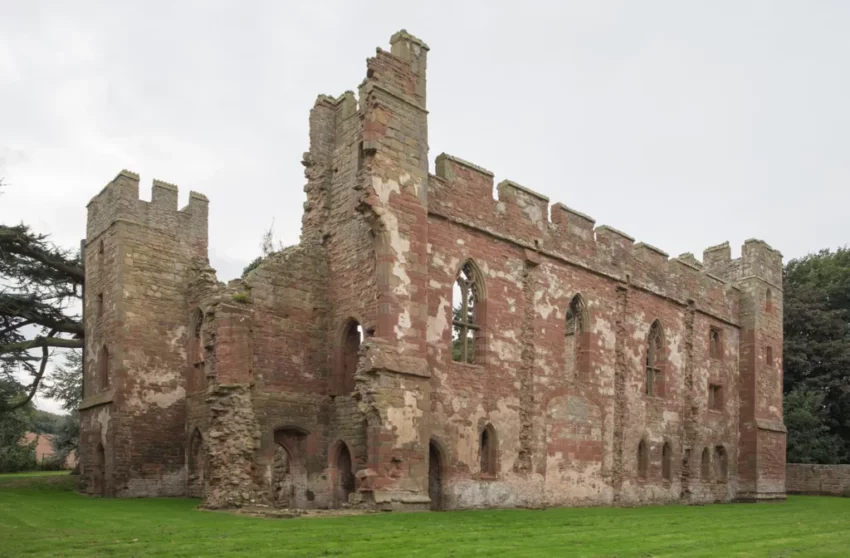The Historical Significance of Acton Burnell Castle
Acton Burnell Castle, a 13th-century fortified manor house, stands near the village of Acton Burnell in Shropshire, England. Robert Burnell, Bishop of Bath and Wells, constructed the manor in 1284. He was not only a close advisor but also a friend to King Edward I. The location was strategic, situated near the ancient Roman road, Watling Street.
Get your dose of History via Email
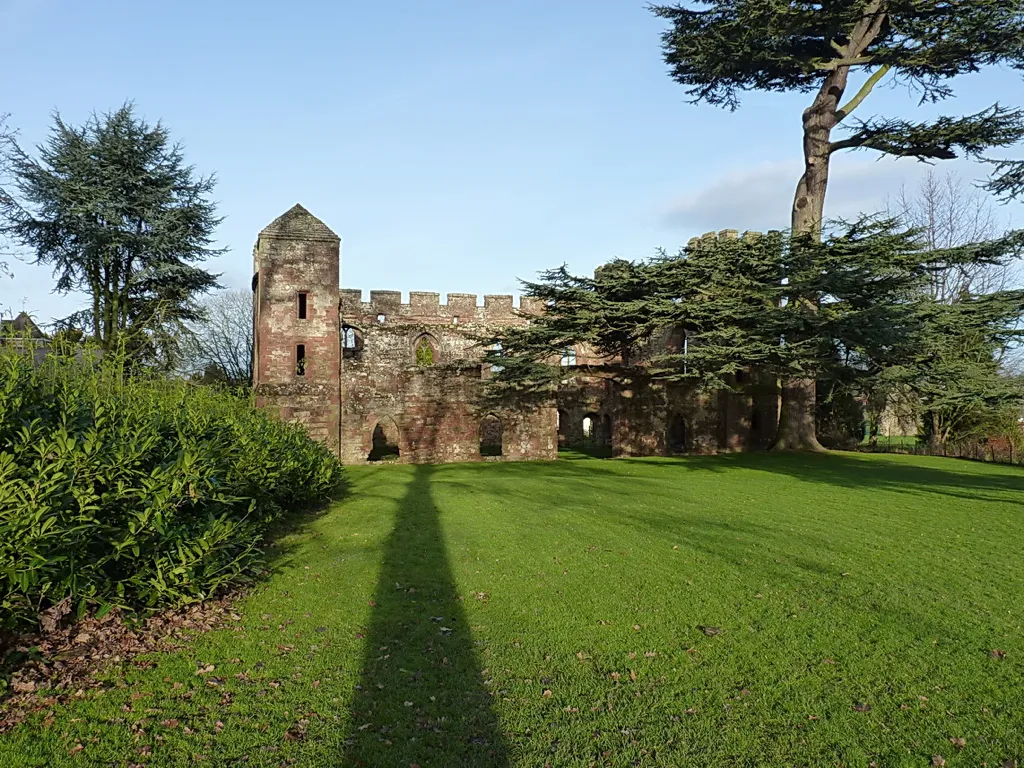
The First Parliament with the Commons
Interestingly, Acton Burnell holds a pivotal place in English history. In the autumn of 1283, it hosted the first Parliament where the Commons were fully represented. This event marked a significant evolution in the English legislative process. The statute passed during this Parliament, known as the Statute of Acton Burnell, provided protections for creditors. This law underscored the growing importance of traders and commerce during that era.
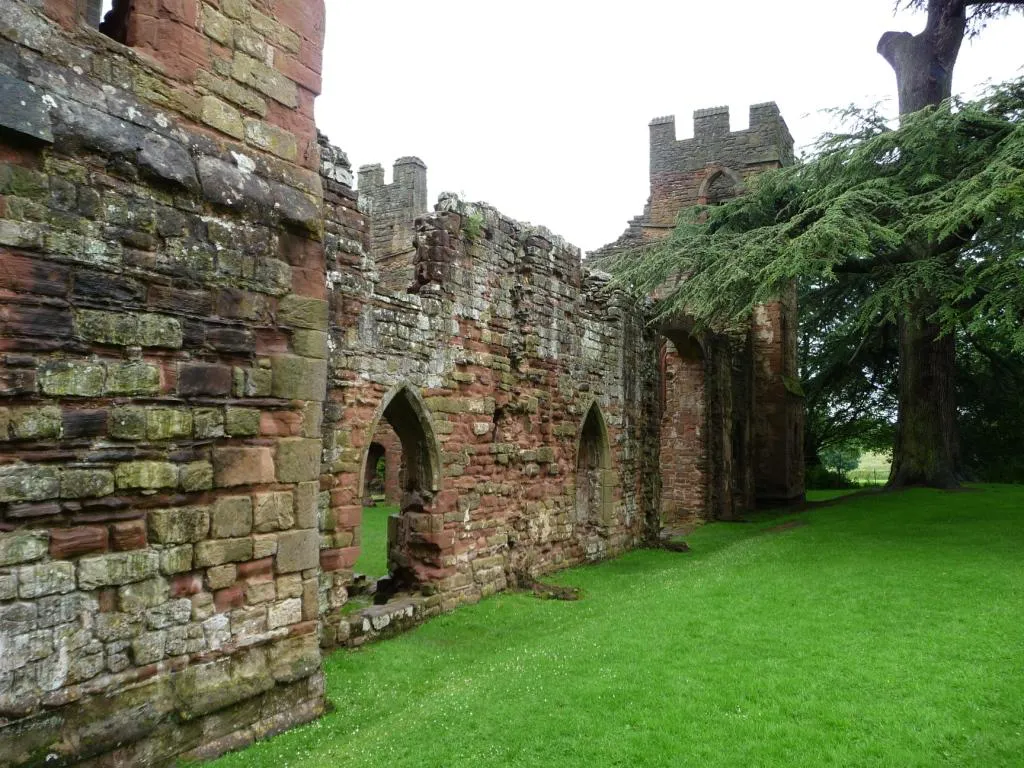
Architectural Features and Subsequent History
The manor was granted a royal license to crenellate on January 28, 1284. This privilege allowed Burnell to fortify the manor, a right reserved for the trusted. The fortified manor featured a rectangular layout with a tower at each corner and included various essential facilities such as a hall, solar, bedrooms, and a chapel.
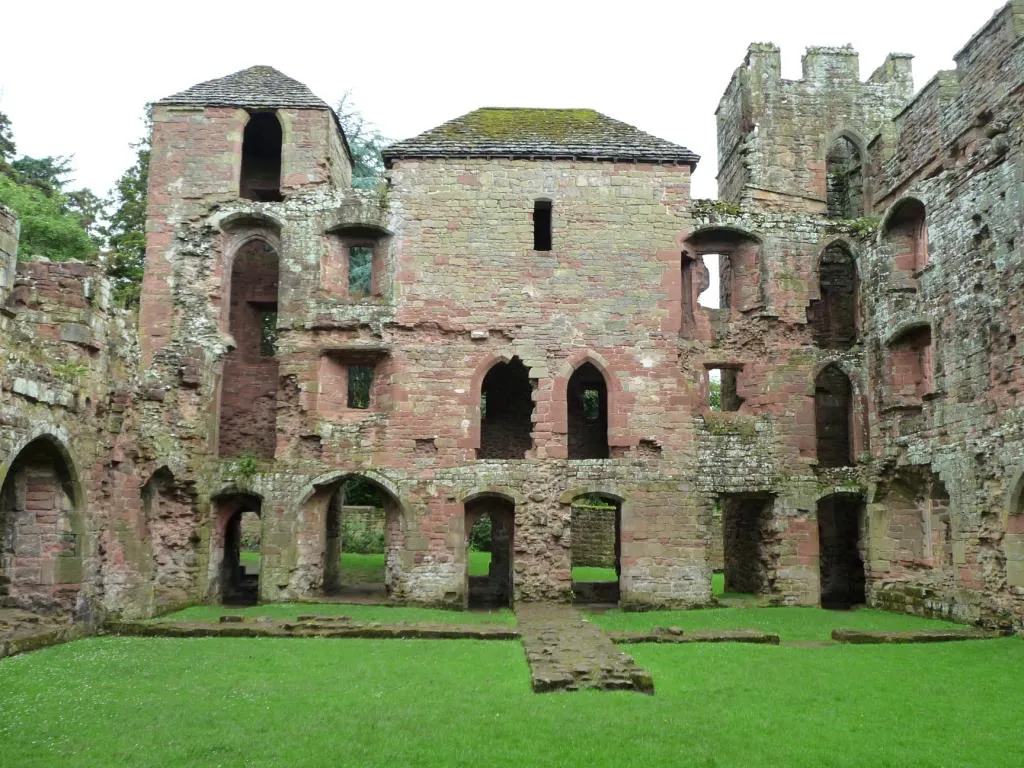
After Robert Burnell’s death in 1292, the estate passed through several hands. It eventually came under the ownership of the Lovels of Titchmarsh through marriage. Following the Battle of Stoke Field in 1487, King Henry VII confiscated the land. He later granted it to Thomas Howard, 2nd Duke of Norfolk. By the mid-17th century, when the Smythe family acquired it, the manor was largely demolished.
Present-Day Acton Burnell
Today, English Heritage maintains what remains of Acton Burnell Castle. Visitors can explore the outer shell of the former manor house. Access is through a footpath that winds through a small wood, offering a glimpse into the past. The site, now a Grade I listed building, continues to attract those interested in England’s rich historical tapestry.
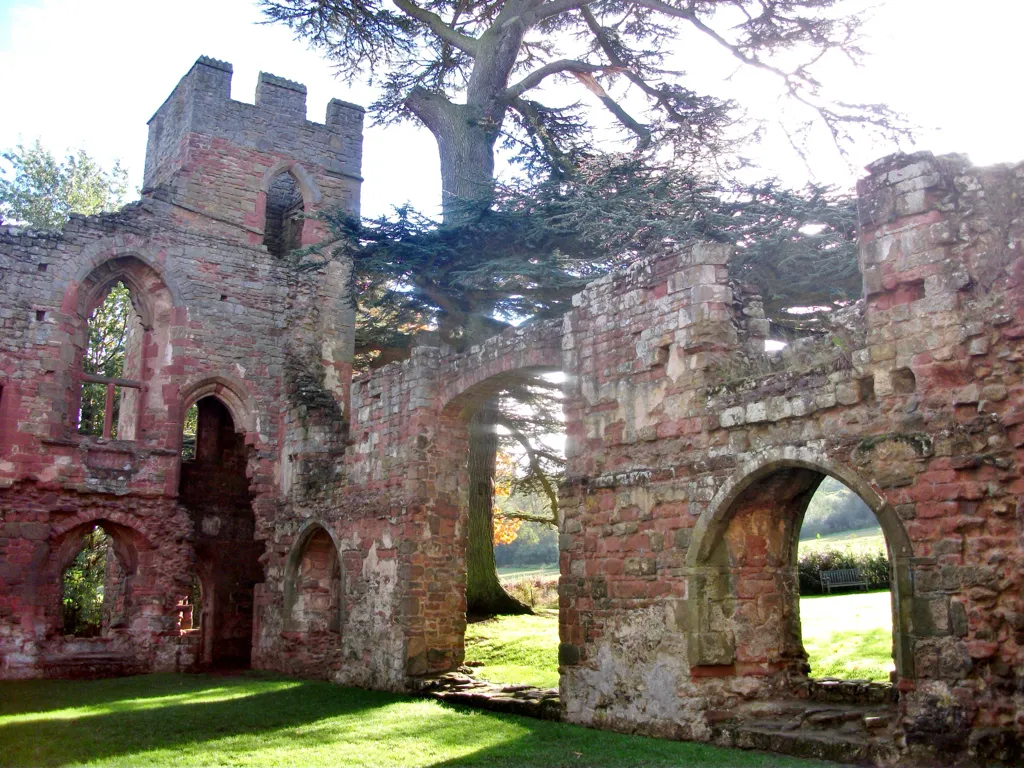
In conclusion, Acton Burnell Castle is not just an architectural relic but a cornerstone in the history of England’s legislative evolution. Its walls, though now mostly ruins, echo the significant historical events that shaped modern governance.
Source:

